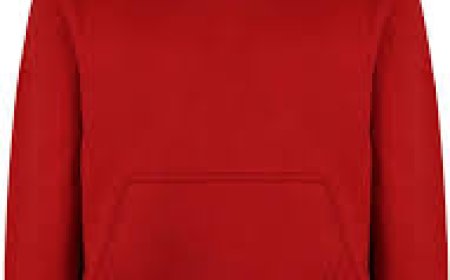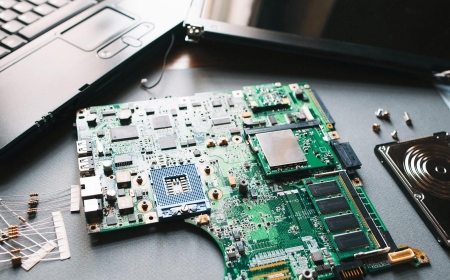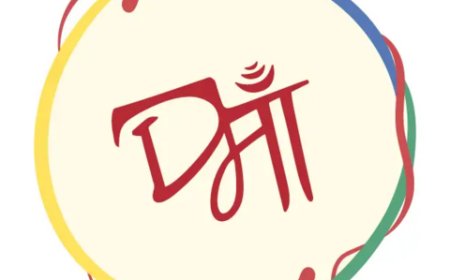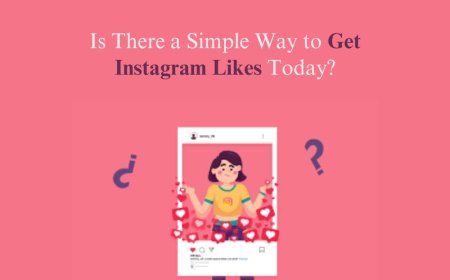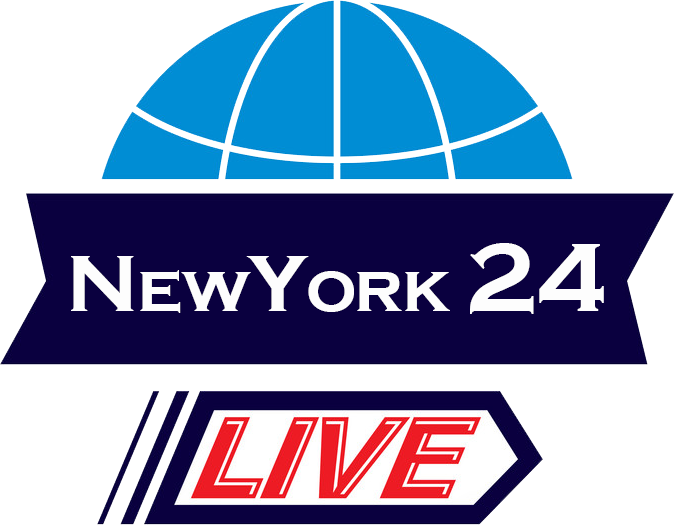Image to Embroidery File: The Ultimate Conversion Guide
Transform any image into perfect embroidery files with our complete guide. Learn how to convert photos, logos, and artwork to PES, DST, EXP and other machine formats like a pro.
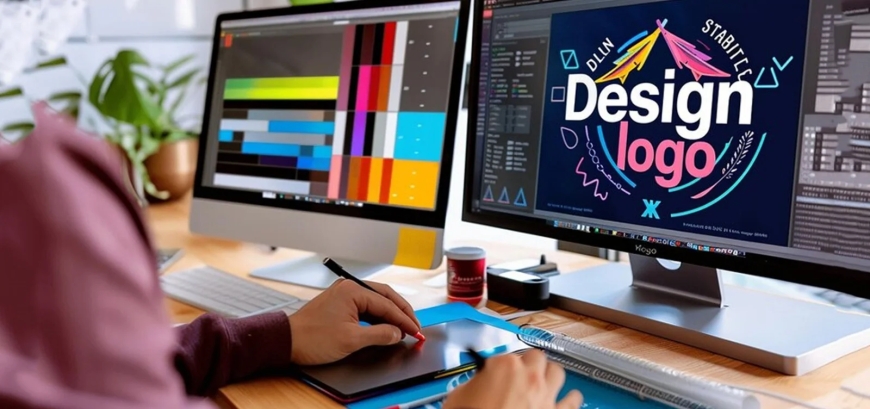
Introduction
You found the perfect image for your next embroidery project - maybe a company logo, a family photo, or custom artwork. But when you try to convert image to embroidery file and stitch it out, the results look nothing like your original. Jagged edges, distorted shapes, and missing details turn your excitement into frustration.
Converting regular images to embroidery files isn't as simple as clicking "save as." Different machines need different formats (PES for Brother, DST for Tajima, EXP for Bernina), and each requires special preparation when you convert image to embroidery file. This comprehensive guide will walk you through the entire conversion process from selecting the right image to troubleshooting stitch-outs, whether you're using free software or professional tools to convert image to embroidery file successfully.
Why Proper Conversion Matters
The Problem With Direct Conversion
Embroidery machines don't "see" images like we do. They need specific instructions about:
-
Stitch types (fill, satin, running)
-
Stitch direction and density
-
Thread color changes
-
Needle positions
Common Conversion Fails
-
Pixelated edges from low-res images
-
Lost details in complex designs
-
Distorted shapes from improper digitizing
-
Color mismatches in final stitch-outs
Choosing the Right Image
Best Candidates for Conversion
-
Vector files(AI, EPS, SVG) - Clean, scalable paths
-
High-resolution images(300+ DPI) - Minimum for good detail
-
Simple designs- Limited colors, clear edges
-
High contrast- Easy to distinguish elements
Poor Choices for Embroidery
? Blurry or pixelated photos
? Images with gradients/shadows
? Overly complex artwork
? Low-contrast designs
Pro Tip:Use photo editing software to simplify images before converting. Increase contrast, remove backgrounds, and reduce colors.
Understanding Embroidery File Formats
Machine-Specific Formats
-
PES(Brother, Babylock)
-
DST(Tajima, commercial machines)
-
EXP(Bernina, Melco)
-
JEF(Janome)
-
HUS(Husqvarna Viking)
Universal Format Tips
-
DST is the most widely compatible
-
Always check your machine's specifications
-
Some formats preserve more detail than others
The Conversion Process Step-by-Step
1. Image Preparation
-
Crop to focus area
-
Boost contrast
-
Simplify colors
-
Convert to black & white to check clarity
2. Digitizing Basics
This transforms your image into stitch instructions:
-
Trace outlines
-
Assign stitch types
-
Set density/direction
-
Add underlay stitches
3. Format-Specific Adjustments
-
PES:Check satin stitch conversions
-
DST:Verify pull compensation
-
EXP:Confirm color sequencing
4. Testing and Refining
-
Always stitch a test sample
-
Check for puckering, thread breaks
-
Adjust density and underlay as needed
Best Software Options
Free/Cheap Solutions
-
Ink/Stitch(Inkscape extension)
-
SewArt($50, good for beginners)
-
Embrilliance Essentials($129)
Professional Tools
-
Hatch Embroidery($999)
-
Wilcom(Industry standard)
-
Pulse IDS(Commercial-grade)
Advanced Conversion Techniques
Handling Difficult Images
For Photos:
-
Convert to black & white first
-
Use edge detection filters
-
Limit to 6-8 thread colors
For Logos:
-
Recreate key elements in vector
-
Simplify small text
-
Use satin stitches for borders
For Complex Art:
-
Break into separate components
-
Digitize each element separately
-
Combine in embroidery software
Pro Tips for Better Results
-
Start with the highest quality image possible
-
Manual digitizing beats auto-digitizing
-
Different fabrics need different settings
-
Keep a library of successful conversions
Troubleshooting Common Problems
Problem: Design Looks Distorted
Solutions:
-
Check original proportions
-
Adjust pull compensation
-
Use proper stabilizer
Problem: Thread Breaks Frequently
Solutions:
-
Reduce stitch density
-
Shorten stitch length
-
Check needle condition
Problem: Details Get Lost
Solutions:
-
Simplify complex areas
-
Use thicker satin stitches
-
Increase contrast in original
Special Conversion Situations
3D Puff Embroidery
-
Requires special foam underlay
-
Different density settings
-
Modified stitch directions
Metallic Threads
-
Use longer stitches
-
Reduce speed
-
Special needles recommended
Toweling and Stretch Fabrics
-
Additional underlay needed
-
Modified pull compensation
-
Different stabilizer requirements
Maintaining Quality Across Formats
Batch Conversion Tips
-
Process similar designs together
-
Create presets for different types
-
Name files systematically
-
Spot-check multiple files
Building a Design Library
-
Save originals and conversions
-
Note successful settings
-
Organize by project type
When to Hire a Professional
Consider professional digitizing when:
-
The design is extremely complex
-
You need commercial-quality results
-
Special effects are required
-
Your time is better spent elsewhere
The Future of Image Conversion
Emerging Technologies
-
AI-assisted digitizing
-
Cloud-based conversion tools
-
Automated quality checking
-
3D stitch previews
Conclusion
Converting images to embroidery files is both an art and a science. While software continues to improve, understanding the core principles will always give you better results than relying on automatic processes alone.
Start with simple designs, practice regularly, and don't get discouraged by imperfect first attempts. Every professional digitizer started where you are now.
Final Tip:Create a conversion checklist for your most common projects. Over time, you'll develop an intuition for what settings work best with different image types and fabrics.
Now grab an image and start converting - your perfect embroidery file is waiting to be created!





